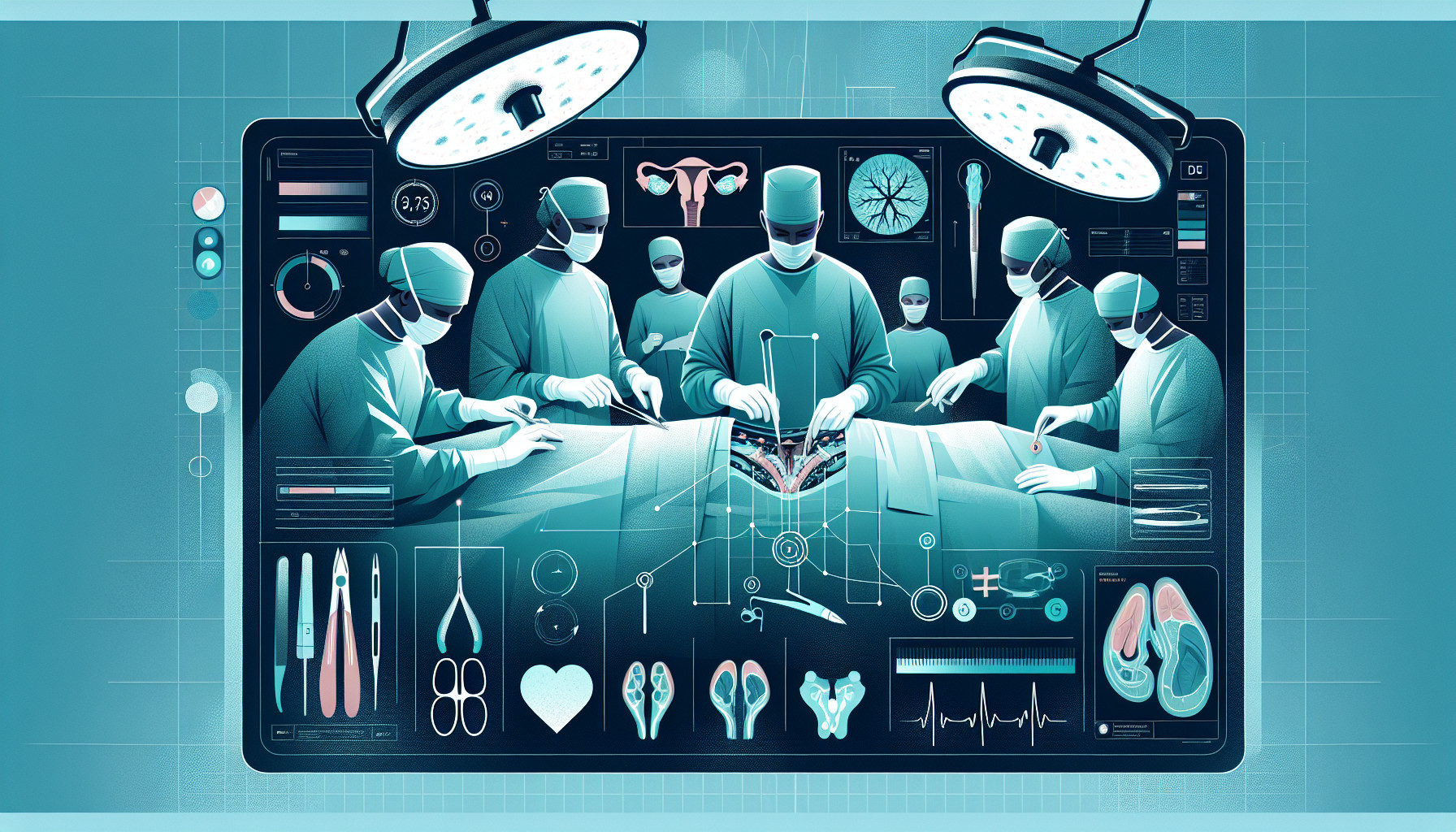Our Summary
This research paper primarily discusses how to manage cases of testicular cancer where there’s still tumor tissue remaining in the lower abdomen after chemotherapy. Testicular cancer is mostly made up of germ cell tumors (GCTs), which can be split into two types: seminomas and nonseminomas. These two types have different outcomes and require different treatment approaches.
For seminomas, although chemotherapy has significantly improved the survival rates, it’s crucial to identify any remaining tumor masses after the treatment. Interestingly, in many cases, these residual tumors can disappear on their own. For assessing these leftover masses, a type of scan called fluorodeoxyglucose positron emission tomography (FDG PET) is recommended.
In nonseminomas, leftover masses are common after chemotherapy. If these masses are larger than 1 cm, they need to be surgically removed. FDG PET is not particularly useful in these cases, and timely surgery is key for a good outcome. If a type of tumor called teratoma is not removed, it can lead to serious complications.
For tumors that are outside of the lower abdomen, particularly those containing teratoma, the prognosis is usually worse. Surgical removal is the best treatment option, with the highest survival rates seen in cases where the tumor is fibrous or dead tissue.
In conclusion, understanding the nature and management of leftover tumor masses after chemotherapy is essential in order to choose the best treatment strategies and improve patient outcomes in testicular GCT.
FAQs
- What is the difference between seminomas and nonseminomas in terms of treatment and outcomes?
- What is the role of the FDG PET scan in managing testicular cancer post-chemotherapy?
- Why is it crucial to surgically remove leftover tumor masses in cases of nonseminomas?
Doctor’s Tip
One helpful tip a doctor might tell a patient about testicular surgery is to follow post-operative care instructions carefully. This may include keeping the surgical area clean and dry, taking prescribed pain medication as directed, avoiding strenuous activities for a certain period of time, and attending follow-up appointments with the doctor. Following these instructions can help promote proper healing and reduce the risk of complications.
Suitable For
Therefore, patients who are typically recommended testicular surgery are those with residual tumor masses after chemotherapy, especially if the masses are larger than 1 cm or contain teratoma. Surgical removal of these leftover masses, particularly in cases of nonseminomas, is crucial for a better prognosis and overall survival. Additionally, for tumors located outside of the lower abdomen, surgery is often the best treatment option to prevent complications and improve outcomes. It is important for healthcare providers to carefully assess each individual case and determine the most appropriate course of action to effectively manage testicular cancer patients.
Timeline
Before testicular surgery, a patient will typically undergo chemotherapy to shrink the tumor. They may also undergo scans such as FDG PET to assess any remaining tumor masses. After chemotherapy, if there are residual tumors larger than 1 cm, surgery is recommended to remove them. Surgery is crucial for cases of nonseminomas, especially if the tumor contains teratoma. For tumors outside of the lower abdomen, surgical removal is the best option for improving survival rates. Overall, timely surgery and proper management of leftover tumor masses are essential for a successful outcome in testicular cancer cases.
What to Ask Your Doctor
What type of testicular cancer do I have (seminoma or nonseminoma)?
What are the potential risks and benefits of undergoing surgery to remove leftover tumor tissue?
How will the surgery impact my fertility and sexual function?
What is the success rate of surgery in removing the remaining tumor tissue?
What is the recovery process like after testicular surgery?
Are there any alternative treatment options to surgery for removing leftover tumor tissue?
How often will I need follow-up appointments or scans after the surgery?
What are the chances of the cancer returning after surgery?
Are there any long-term side effects or complications associated with testicular surgery?
Will I need any additional treatments, such as chemotherapy or radiation, after the surgery?
Reference
Authors: Yang X, Li J, Chin J, Kanesvaran R. Journal: Eur Urol Focus. 2024 May;10(3):377-379. doi: 10.1016/j.euf.2024.05.006. Epub 2024 Aug 3. PMID: 39098447
